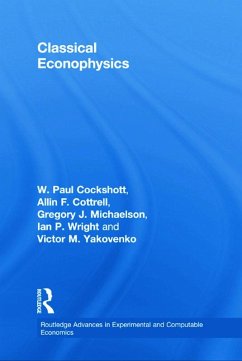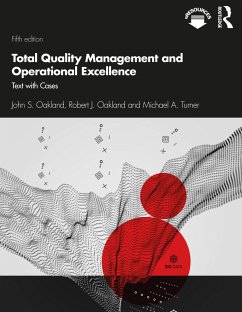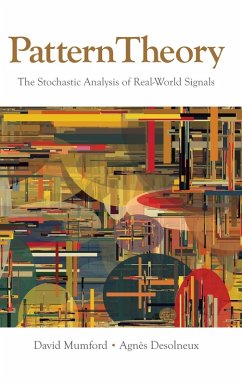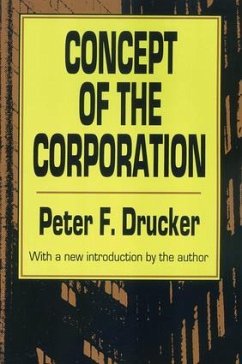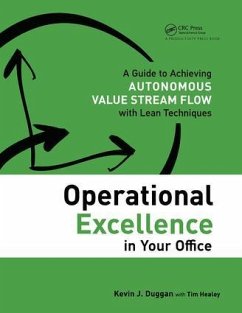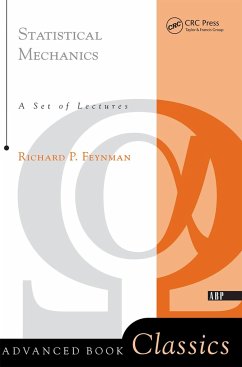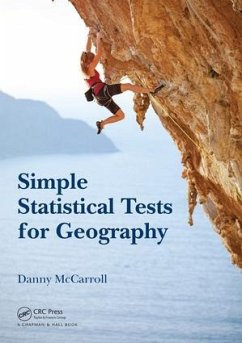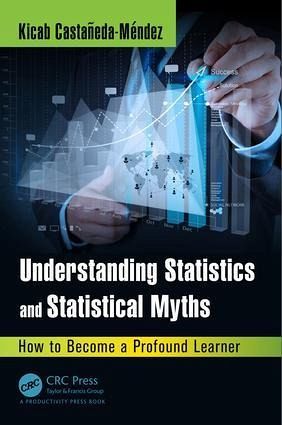
Understanding Statistics and Statistical Myths
How to Become a Profound Learner

PAYBACK Punkte
48 °P sammeln!
Addressing 30 statistical myths, this book explains how to understand statistics rather than how to do statistics. In the book, six characters discuss various topics-including data, estimation, measurement system analysis, capability, hypothesis testing, statistical inference, and control charts-taught in a fictional course that teaches students how to apply statistics to improve processes. Readers follow along and learn as the students apply what they learn to a project in which they are team members.





